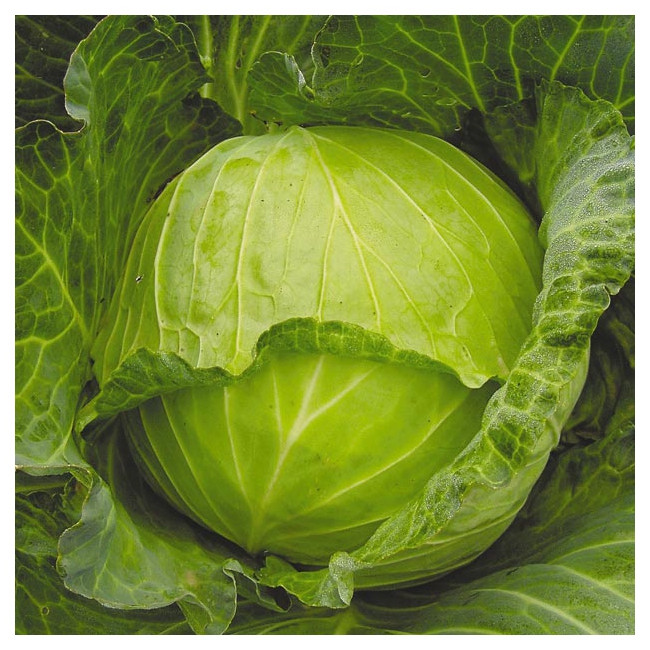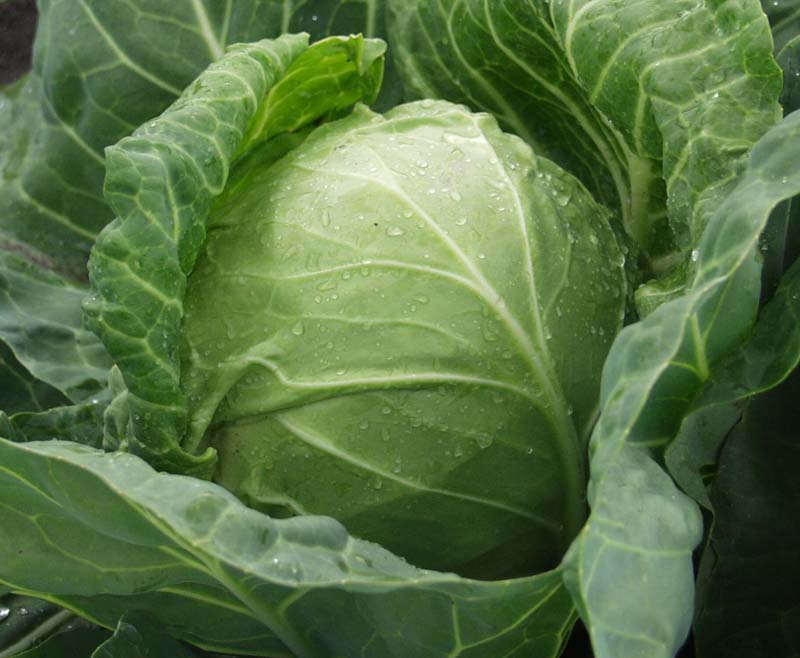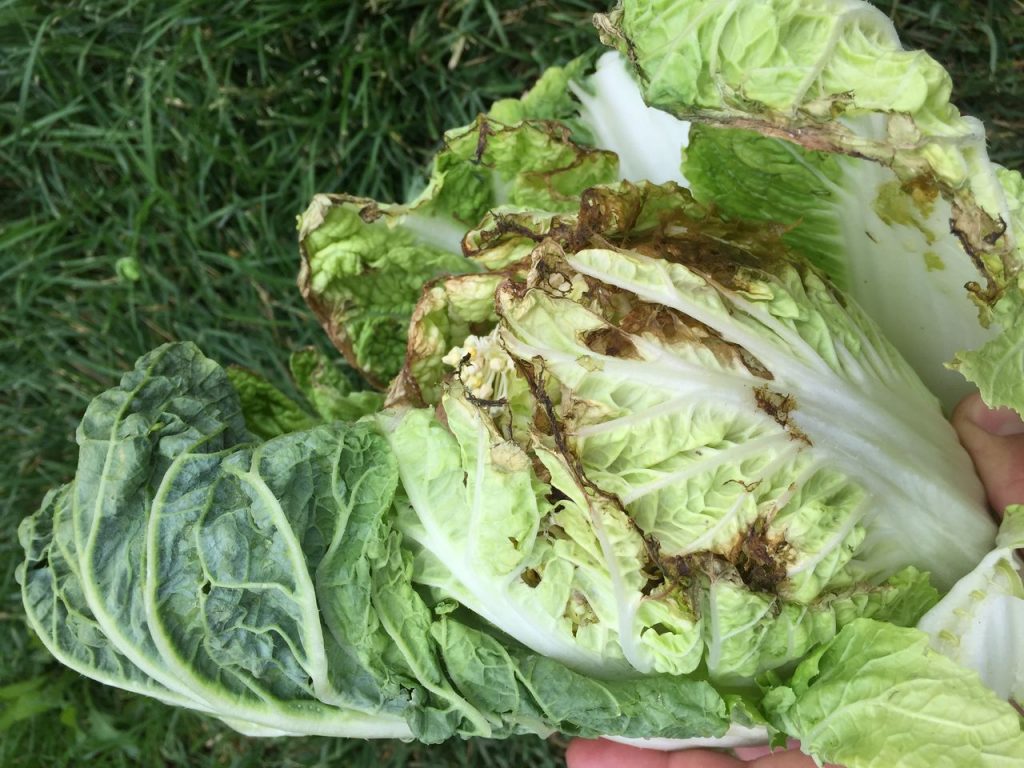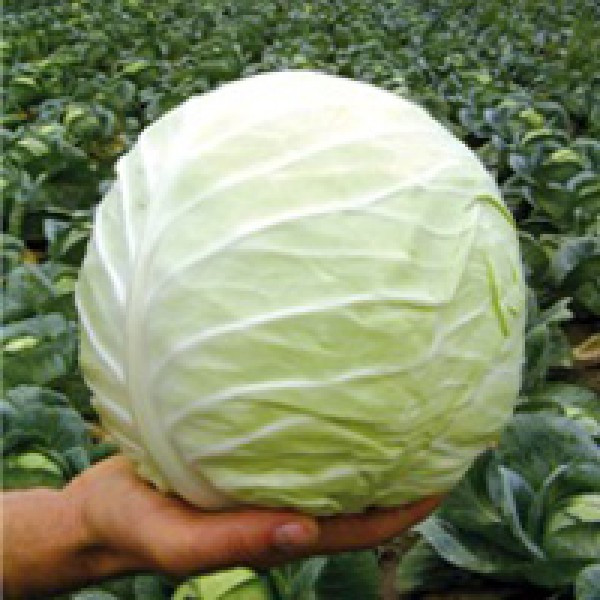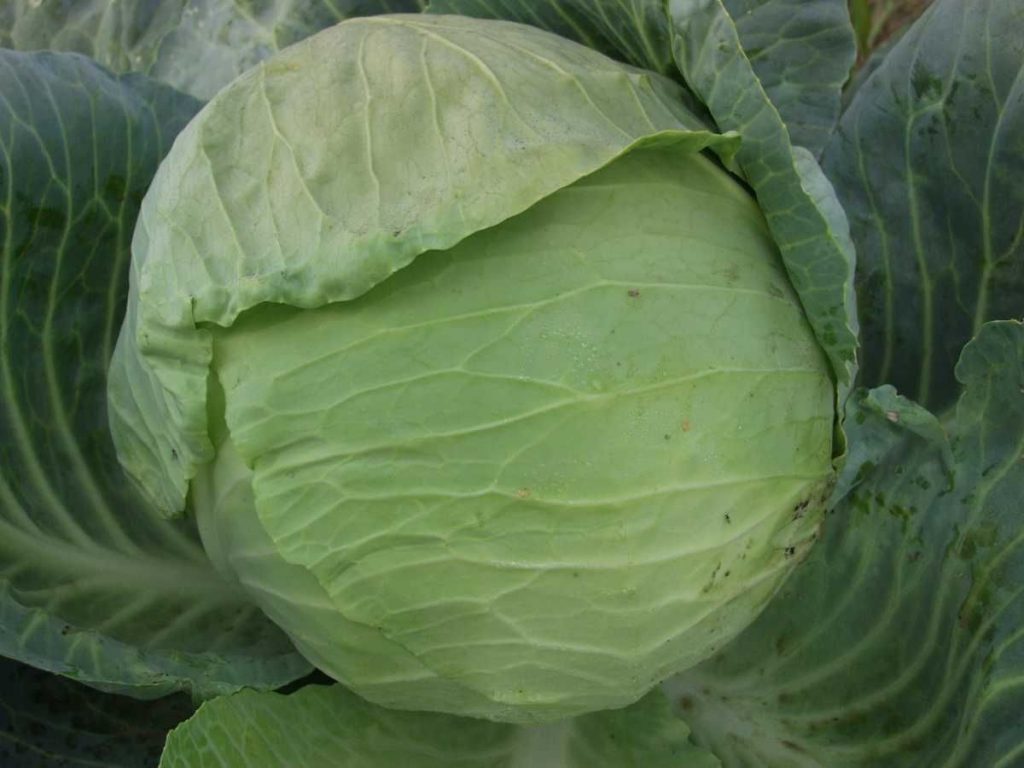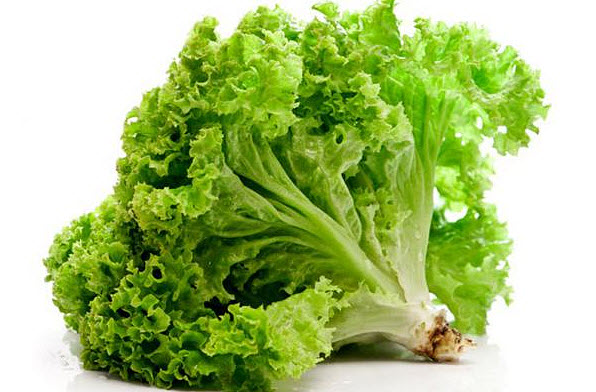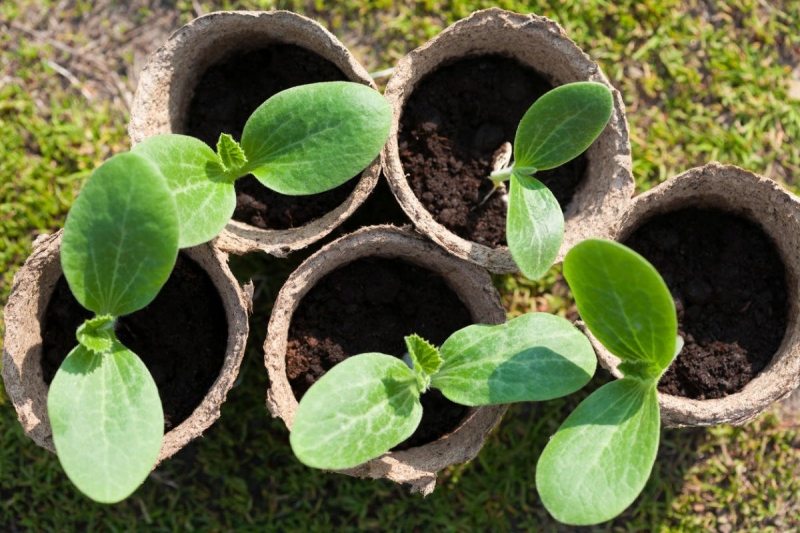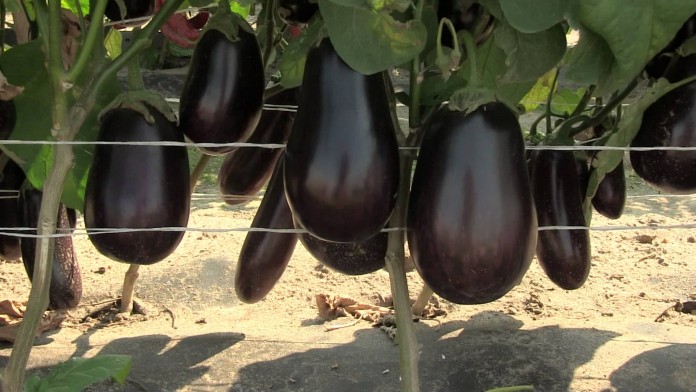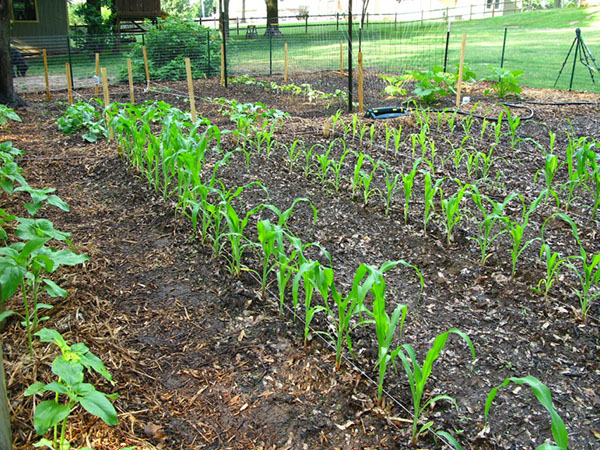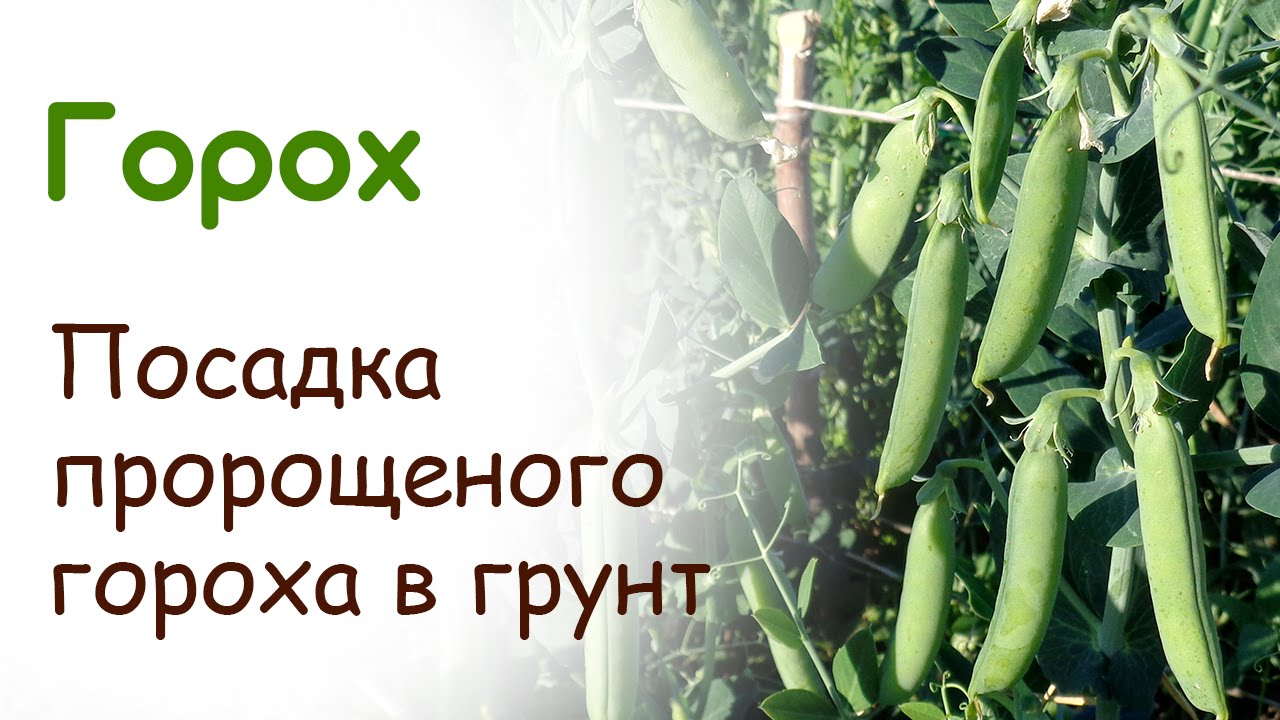Content:
The cultivation of cabbage in Siberian conditions has a number of features associated with the peculiar weather and climatic conditions of the region. In order for the cultivation of a crop to be successful, you need to know which cabbage is better to plant in Siberia and decide on the variety.
Cabbage varieties for Siberia: open ground
Cabbage is one of the most common vegetables in our country and around the world. It is a biennial cruciferous plant. The fruit is a head of cabbage, which is formed by foliage tightly adjacent to each other.
To date, in the West Siberian and East Siberian regions, there are about 50 varieties and hybrid forms in the State Register of Breeding Achievements, which can be planted in personal subsidiary plots, and in peasant farms, and in industrial production.
The basis of the assortment is made up of old varieties, which have long proven themselves on the positive side. These include:
- Sibiryachka 60;
- Hope;
- Number First Gribovsky 147;
- Belarusian 455;
- Present;
- Glory 1305
- Dot.
White cabbage: the best varieties for Siberia
Early group
June
Achievement of VNIISSOK selection. One of the most common early maturing varieties in the region. The crop is formed already two months after transplanting seedlings into unprotected land. Heads of cabbage are medium-dense, rounded. The color is light green, there is a slight waxy coating. The weight of the head of cabbage varies from 1 to 2.5 kg, the commercial qualities are excellent.
Plants tolerate a drop in temperature to -4 ° C, so the variety can be planted at the earliest possible date and open the fruiting period of the varieties. The harvest ripens together. The main disadvantage of June is the lack of resistance to crop cracking.
Transfer F1
The hybrid was obtained as a result of the joint work of the All-Russian Research Institute of Rice and the N.N. Timofeeva. An early ripe hybrid (60-70 days from the day of planting of seedlings) is characterized by an increased yield. The heads of cabbage are compacted and rounded, weighing 1-1.2 kg.
The hybrid is highly valued for its quick ripening, high taste and market properties, amicable ripening of the crop, resistance to low temperatures in spring.
Invento F1
A Dutch breeding hybrid, which is usually used fresh. The head of cabbage is not entirely covered with leaves, rounded, with a white cut. According to the description, it belongs to the medium early. Fruits are very compact, weighing up to 1.5 kg. The variety is characterized by the absence of cracking, increased marketability and taste.
Mid-early hybrids and varieties
Bronco F1
A hybrid developed in the Netherlands. It is characterized by powerful growth force. Heads of cabbage have a shortened stump and a compacted internal structure, reaching 2.5-3 kg in weight. During the growing season, the hybrid retains its commercial qualities, does not undergo cracking, is drought-resistant, and easily adapts to new cultivation conditions.
Rotunda F1
Mid-early hybrid of Dutch selection. The leaf rosette is slightly raised. Large to medium-sized leaves are greenish-gray. There is a wax coating on their surface. The head of cabbage is completely covered with leaves, is characterized by a rounded shape, and when cut shows a whitish color. Internal and external stumps of medium length. Heads of cabbage reach up to 2.7 kg, the density is estimated at 4.8 points.
The hybrid is not affected by mucous and vascular bacteriosis. It is usually consumed fresh, but it can also be stored for about 3-4 months without loss in quality.
Mid-season hybrids and varieties
Semko Jubilee 217 F1
Bred at the selection station named after N.N. Timofeeva. It is considered an exemplary cabbage hybrid of domestic breeding for planting not only in Siberia. The stage of technical ripeness of the heads of cabbage falls on the 130th day after the formation of full shoots. Leaf rosette of medium size, slightly raised. The hybrid is covered with a powerful wax coating. The inner stump is shortened, the outer one is usually 15-17 cm.
The head of cabbage is characterized by an oval shape, green color, only half covered, dense, whitish at the cut. The average fruit weight is about 4 kg. Shows resistance to vascular bacteriosis, is not prone to cracking. It can be stored for 4-5 months without significant loss in quality.
Tobia F1
A hybrid of cabbage that came to Siberia from the Netherlands. One of the best hybrids for pickling and processing. The mass of heads of cabbage is 3.5-5 kg, which are dense, dark green in color, flat-round.
The hybrid forms high productivity, does not crack at the root, and shows resistance to mucous and vascular bacteriosis. Taste qualities are positive both when consumed fresh and after technical processing.
Mid-late hybrids and varieties
Megaton F1
Hybrid obtained in the Netherlands. Among all varieties and hybrids of white cabbage cultivated in Siberia, it has the highest yield. It takes about 105 days from the beginning of the formation of full shoots to the technical ripeness of the heads of cabbage. Heads of cabbage are rounded, slightly flattened. The internal structure is thin and very dense. The mass of heads of cabbage is usually 8-10 kg, in some bushes it reaches 15 kg.
The crop can be eaten fresh or processed in various ways. Fusarium resistant.
Thomas F1
Medium late hybrid of the selection of the Netherlands. From the day of the formation of full-fledged seedlings to the onset of the phase of technical ripeness, about 165 days pass. Heads of cabbage are dense, medium-sized, weighing slightly more than 2 kg. Suitable for both fresh consumption and various types of technical processing. It is characterized by excellent taste.
Fruits are resistant to fusarium wilt and do not crack. The yield of commercial products is 95%.
Late hybrids and varieties
Extra F1
A hybrid of Russian selection, obtained at the station. N.N. Timofeeva. Ripening occurs on average on the 165th day after full germination. The fruits are round-flat, dense, weighing about 2-3 kg, covered with a dense wax coating. They can be stored until the end of spring without loss of taste and marketability.
The fruits are resistant to a number of diseases:
- gray rot;
- mucous and vascular bacteriosis;
- fusarium wilting.
Prestige F1
The hybrid was obtained at the station of selection them. N.N. Timofeeva. The rosette is slightly raised. The sheets are medium in size, the wax coating is strong and dense. The head of cabbage is covered, rounded with a white color on the cut, compacted, reaching 2-3 kg by weight. The taste is pleasant, the plants are aligned. The average marketable output is 94%. The hybrid is resistant to fusarium wilt.
Features of cultivation in Siberia
To grow cabbage in the conditions under consideration, you must first of all choose a winter-hardy and adaptive variety. For Siberia, you need to use the best varieties of cabbage. It should be noted that white cabbage is the most common in this area, as well as other varieties of this culture:
- redhead;
- Savoyard;
- kohlrabi;
- colored;
- Brussels;
- Beijing.
Usually the culture is planted with seedlings, but planting seeds in open ground in early spring is also successfully used. The best precursors for cabbage in Siberia are beets, potatoes, and onions. As the cabbage grows, the soil is weeded, it is imperative to thin out the sprouts by 4-5 cm. Further care for the crop is almost completely similar to what is carried out in the European part of Russia.
If you comply with all the requirements described above, then it will not be difficult for a Siberian gardener to grow such an unpretentious crop as cabbage, and a rich harvest of cabbage will not take long!
